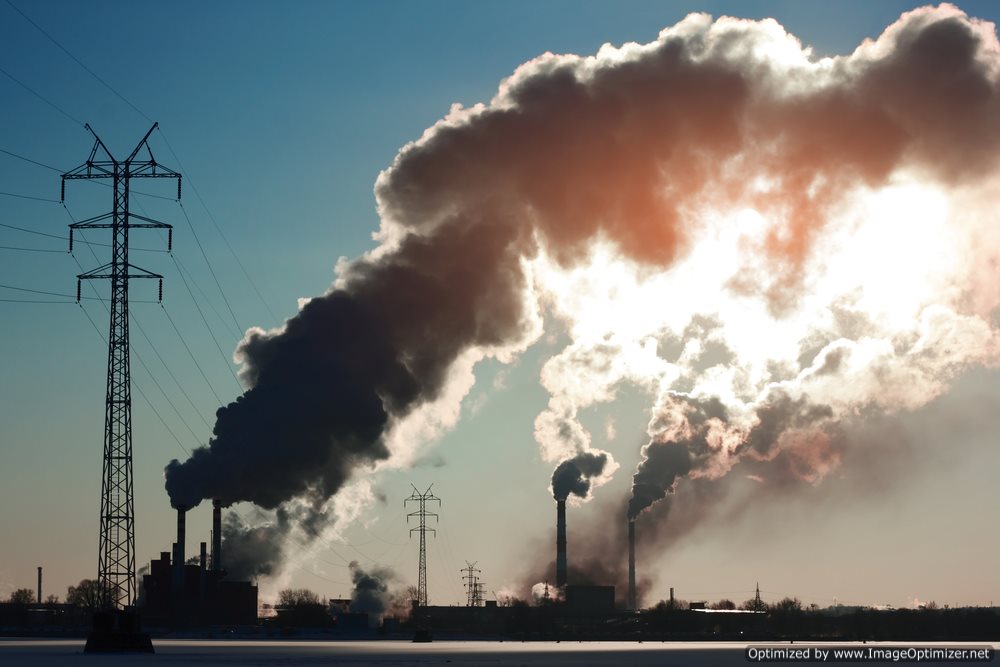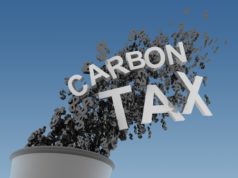
All living things are entitled to breath air that is not unreasonably polluted. Some pollution is uncontrollable and natural such as the sulfur that is put into the air as a result of a volcanic eruption. However, this is the of the few exceptions to the rule.
Almost every act of commerce involves some form of pollution. Technology and the industrialization has accelerated the extent of human caused air pollution. Air pollution used to be limited to particulate matter released into the air as a result of burning wood. Beginning in the 19th century, industrial pollution became far more complex as factories produced goods in addition to harmful pollutants.
Mobile Sources
Cars, trains, trucks, planes, and boats all operate with internal combustion engines. Jet engines only apply to planes and are just as polluting. Each mode of transportation has its own type of pollution. The extent of air pollution produced from these vehicles is contingent upon their respective fuel efficiency and the content of the fuel that is being combusted. Freight trucks and large boats use diesel engines.
Diesel is well known for black smoke that is belched out of the vehicles’ exhaust pipes. They release many smog causing pollutants that contribute to a reduction in the quality of life of many city dwellers. The main reason why diesels are used because they are more fuel efficient than gas powered automobiles. Diesels used to burn fuel less completely creating more pollution than their gas-powered counterparts. After 2005, Diesel powered vehicles and vessels have become more efficient, reducing harmful air pollution.
Diesel have improved their reputation over the year and provide an economical as well as environmentally friendly alternative to gas powered vehicles. Personal automobiles and small boats mostly use gas powered engines. They are less fuel efficient than diesel engines. Their pollution is less obvious because the emissions are not as dirty looking. Their exhaust releases the main ingredient of smog, nitrogen oxide.
The US EPA enjoined automakers to produce cars that reduce nitrogen oxide emissions. In addition to Nitrogen oxides, gas-powered vehicles emit benzene and sulfur into the atmosphere. The greatest mobile contributor to air pollution is the airplane. They are the least fuel efficient because airplanes burn extra energy fighting drag and gravity.
The EPA has mandated that aircraft manufacturers reduce pollution to certain standards. Airplanes release similar air pollution to other mobile sources. However, they do it on a grander scale.
Stationary Sources
The Stationary sources of air pollution pollute the air in a more concentrated manner because the pollutants are less disperse if the source does not move. The worst polluter of air are industrial facility. They are the most likely to release the most harmful pollutants into the air. Commercial and residential buildings pollute the air similarly.
Air conditioning and heating systems release air pollution. Houses release particulate matter in the form of fireplace ash. Air pollution from stationary sources are more closely connected to asthma than mobile sources. This is true because asthma rates are higher in urban areas with large populations than in rural areas with less populations. Stationary sources of air pollution contribute to the depletion of stratospheric ozone with chlorofluorocarbons from air conditioning.
In the winter, they pollute the air in a similar fashion as cars do with the burning of diesel, oil, or natural gas to keep buildings warm. Stationary sources of air pollution reveal air pollution in a more obvious fashion because clusters of buildings each contribute to air pollution.
Statutes mitigating the extent of air pollution from stationary sources exist to reduce the harm from air pollution. The laws put most of the burden on the manufacturers of building components rather than the inhabitants of commercial and residential space. The laws target the industrial sector most.
Hazardous Pollutants
The EPA publishes and updates a list of hazardous chemicals that pose a threat to human health. It is important to know this list and the industries with which these hazardous gases are associated.
Knowing the list serves businesses well because they have to know what types of pollutants to avoid or reduce. The list of hazardous air pollutants indicates the types of carcinogenic and poisonous substances that are found in the air today. It does not list the hazardous pollutants that have been phased out or eliminated.
Clean Air Act
During the 1960s, the pioneers of the environmental movement fought hard for the eventual passing of the Clean Air Act. The Clean Air Act officially brought American environmental legislation into the 20th century. The law was first passed in 1970.
The Clean Air Act addresses the problem of air pollution. Prior to the Clean Air Act, there was nothing that prevented or regulated the instance of harmful chemical emissions into the atmosphere. Prior to the Clean Air Act, gasoline was leaded. Lead was making people sick because it is a poison that is known to cause permanent brain damage and infertility in males and females. Lead was eventually phased out of gasoline.
The Clean Air Act solidified the EPAs authority over polluting businesses. The source of that authority was the Federal Constitution’s commerce clause. The law had major provisions that phased out the use of chlorofluorocarbons in aerosol spray cans. CFCs were the chemical that was responsible for the depletion of stratospheric ozone.
Ozone in the stratosphere filters much of the Sun’s harmful rays. As a result of Ozone depletion, there has been a skin cancer epidemic. The Clean Air Act was amended in the 1990s to address the problem of acid rain. The Clean Air Act was a landmark piece of legislation that regulated polluting businesses and gave momentum to the environmental movement.


































